Flowers
What are Flowers?
Flowers are the reproductive structures found in flowering plants (angiosperms). They are responsible for the production of seeds through the process of pollination and fertilization.
Parts of a Flower
A typical flower consists of the following parts:
- Petal: The colorful, often scented part of the flower that attracts pollinators.
- Sepal: The outermost part of the flower, protecting the developing flower bud.
- Stamen: The male reproductive organ, consisting of the anther and filament, which produce and release pollen.
- Carpel/Pistil: The female reproductive organ, consisting of the stigma, style, and ovary, which receives pollen and develops into a fruit containing seeds.
Types of Flowers
Flowers can be classified into different types based on various criteria:
- Complete vs. Incomplete Flowers: Complete flowers have all four main parts (petals, sepals, stamens, and carpels), while incomplete flowers lack one or more of these parts.
- Regular vs. Irregular Flowers: Regular flowers have radial symmetry, while irregular flowers have bilateral symmetry.
- Perfect vs. Imperfect Flowers: Perfect flowers have both male and female reproductive organs, while imperfect flowers have only one type of reproductive organ.
Reproduction in Flowers
Flowers undergo a process called pollination, where pollen is transferred from the anther to the stigma. This can occur through various mechanisms, including wind, water, insects, birds, and other animals. Once pollination occurs, fertilization takes place, leading to the formation of seeds within the ovary.
Uses of Flowers
Flowers have various uses, including ornamental purposes, food production (as some flowers develop into fruits), and medicinal applications. They also play a crucial role in the ecosystem by supporting pollinators and contributing to biodiversity.
Study Guide Questions
- What are the main parts of a flower and their functions?
- How are flowers classified based on their structure?
- Describe the process of pollination and fertilization in flowers.
- Discuss the importance of flowers in the ecosystem.
◂Science Worksheets and Study Guides Seventh Grade. Protists and Fungi

 Worksheet/Answer key
Worksheet/Answer key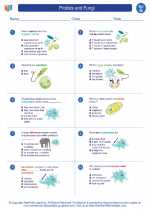
 Worksheet/Answer key
Worksheet/Answer key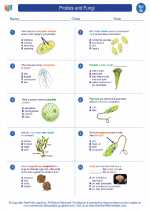
 Worksheet/Answer key
Worksheet/Answer key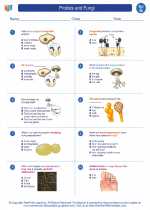
 Worksheet/Answer key
Worksheet/Answer key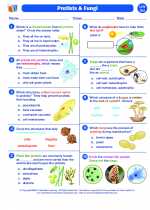
 Vocabulary/Answer key
Vocabulary/Answer key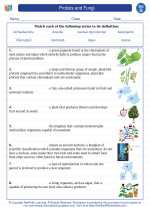
 Vocabulary/Answer key
Vocabulary/Answer key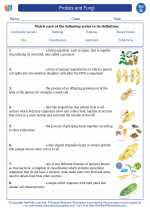
 Vocabulary/Answer key
Vocabulary/Answer key
 Vocabulary/Answer key
Vocabulary/Answer key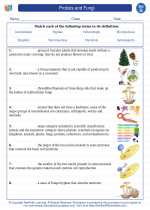
 Vocabulary/Answer key
Vocabulary/Answer key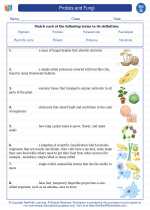
 Vocabulary/Answer key
Vocabulary/Answer key
